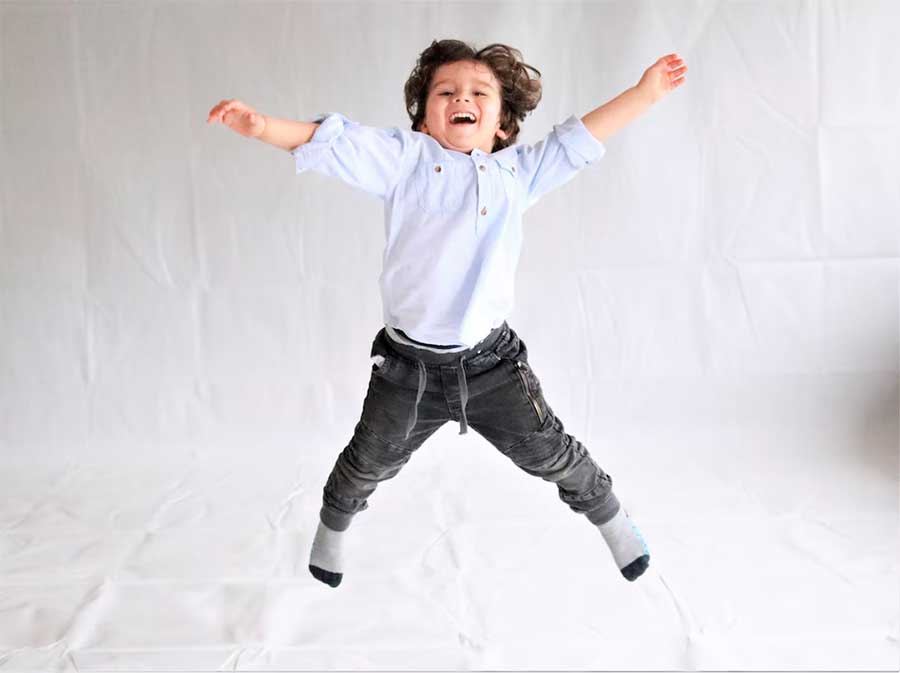
02 Oct How to stop my autistic child from jumping?
In our article – “Why do children with autism love jumping and climbing so much” we talk about the proprioceptive system and why jumping, bouncing or climbing provides the child with the input they desperately seek. The article also talks about a variety of proprioceptive activities that you can incorporate into your child’s day that may help reduce the need for them to jump.
Let me recap for you:
- Pushing and pulling activities also known as resistance activities can be incorporated daily;
- Lifting heavy objects or weight-bearing activities;
- Doing push-ups (if the child can) or jumping on a trampoline;
- Running;
- Deep pressure applied directly to the joints and bear hugs;
- Chewing activities (Oral activities) – such as the introduction of a chew necklace or blowing bubbles.
After a child gets the proprioceptive input their bodies seek they will most likely feel calmer and have an increased awareness of their surroundings. This will in return have a positive impact on the general mood of the child. Sitting still will become easier and this will lead to the child being more able to complete activities and learn.
Jumping, bouncing or climbing can however also stem from pure enjoyment – a feeling of freedom that the child has. Add the child’s repetitive nature into the equation and you are bound to have a problem.
Repetitive or restrictive behaviours form part of the autistic child’s diagnostic profile. These types of behaviour can typically include arm flapping, repeating voices or phrases they hear, clapping of hands, spinning, swinging their arms or blocking their ears.
Children with autism are (in general) very inclined to repeat behaviours. In particular, behaviours or activities that they enjoy. Sorting of toys, lining up cars, rewinding and watching the same show or phrase all fall into the category but sadly not all repeat behaviours are “cute”. Opening/closing doors, switching on lights, jumping/bouncing or climbing on furniture all also fall into this category.
Depending on the nature of the behaviour early intervention is extremely important because not addressing a negative repetitive activity can lead to the child not being able to move past it.
The long duration of echolalia, for example, may mean that a child’s communication skills and socializing will be influenced or a child that is unable to stop jumping or bouncing may never learn to sit still and participate in a desk-based activity.
So now the question remains: how to stop my autistic child from jumping?
- Consult with an autism early intervention specialist to help determine where the behaviour is coming from. This can be a neurodevelopment paediatrician, autism school, autism behaviour specialist or occupational therapist or even a physical therapist. We would recommend ruling out “sensory” input first meaning that an Occupational Therapist should be your first stop
- If the child’s need to climb or bounce comes from a diagnostic perspective then putting your child into an autism-specific therapy centre, autism academy or autism school will be the best way forward as skilled educators and therapists can help your child reduce behaviours that are keeping them from learning and growing.

